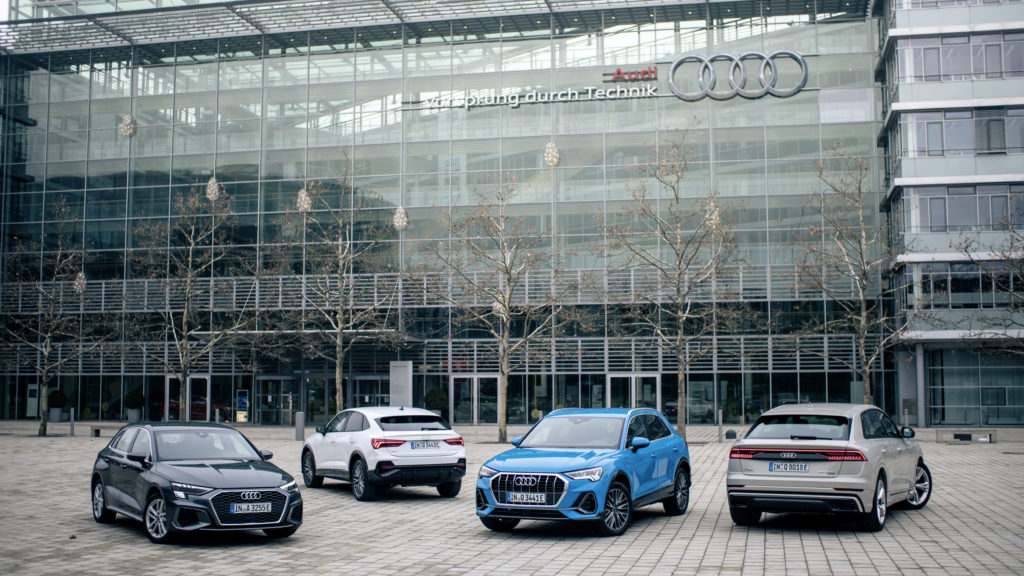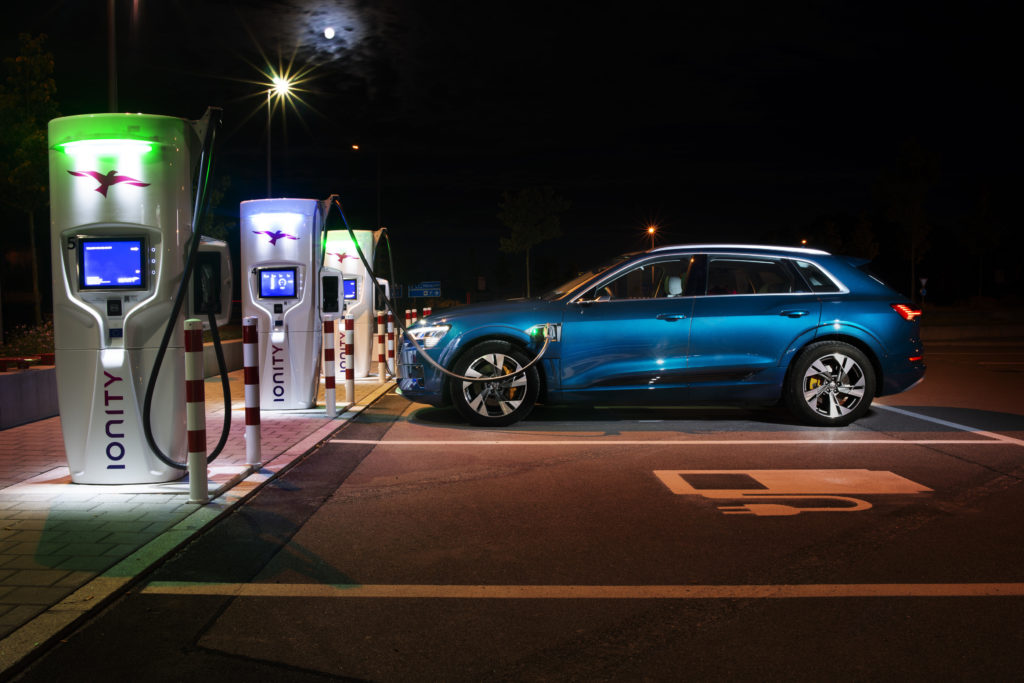Hybrid vs Electric Cars- How Are They Different?

Want to get behind the wheel of a hybrid, PHEV, or EV, but don’t know where to start? We’re here to help! Find out the difference between a hybrid vs electric cars, as well as PHEVs, and decide which one is best for you.
There are many reasons why you should start driving an EV, PHEV, or a regular hybrid. These vehicles are not only better for the environment, but can also quickly prove to be more fuel efficient and convenient. Not to mention their outstanding performance!
Let’s get back to basics, however, and distinguish the key differences between a PHEV, EV, and a hybrid.
We’ve broken this guide down into the following sections to make navigation easier. Click one of the links below to quickly jump to each section.
- Plug-in Hybrid, Hybrid and Electric
- Impact On The Environment
- Cost Efficiency
- Range
- Charging Time
- Performance
Plug-in Hybrid, Hybrid, and Electric Cars- The Basics
Generally speaking, hybrids and electric cars can be broken down into three types: PHEV or plug-in hybrids, hybrids, and EVs or fully electric cars. The key difference between all three being the drivetrain itself.
Plug-in Hybrids or PHEVs
PHEVs, also known as plug-in hybrids, have gained lots of popularity in the last years. One could even argue that they provide the perfect balance between gas and electric drivetrains. A PHEV features a regular gas-powered motor combined with an electric battery pack. Most can be driven in electric mode, though the fully-electric range is typically under 100 kilometers (60 miles).
As the name suggests, you can plug an PHEV to charge it. The ability to charge at home is extremely convenient and cost-efficient, especially for short trips. Longer trips may require the use of the car’s gas powerplant.
Hybrids
The drivetrain that powers a hybrid is virtually the same as the one found in a PHEV. Hybrid cars rely on the car’s gas engine as well as an electric drivetrain. Regular hybrids, however, typically have an electric motor that’s much smaller than the ones found in plug-ins.
As a result, regular hybrids aren’t able to drive anywhere near as far using electricity. In fact, some hybrids cannot be driven in fully electric mode at all!
Another difference between regular hybrids and PHEVs is the charging. Ever wondered how a regular hybrid charges the electric powertrain, since it cannot be plugged into external charges? In reality, hybrids are charged through regenerative braking, as well as help from the internal combustion engine.
Electric Cars or EVs
Electric cars are powered purely by electricity. Unlike PHEVs and hybrids, EVs do not have an internal combustion engine at all.
One of the key perks of driving an electric car is the fact that you can charge it for free at home. Since an EV is only powered by its electric drivetrain, the batteries are larger than the ones found in PHEVs.
Now that we’ve covered the basics, let’s look into the key differences between these car types!

Impact On The Environment
Naturally, electric cars take the cake here. This is all because, unlike PHEVs and hybrids, electric cars do not have an internal combustion engine at all. As a result, they do not burn any fossil fuels. While both PHEVs and hybrids generate some pollution, the figures are a lot lower than regular gas-powered cars.
Let’s not forget that the transportation industry is the biggest source of greenhouse gas emissions in the US (source). Swapping your gas-powered vehicle for an electric car can dramatically reduce your carbon footprint and positively impact the envrionment.
Did you know you can dramatically reduce your carbon footprint while traveling? Use the GoGreen filters when browsing rental cars at Rentalmoose. That way, you will be able to filter only EVs and plug-ins. In addition, we plant a tree for every booking made with our platform!
Cost Efficiency
Curious about hybrid vs electric cars when it comes to cost efficiency? It should come as no surprise that electric cars remain the most cost efficient to drive. After all, EV owners can charge their vehicles at home, or make the most of extensive charging networks worldwide. Many chargers are free to use, too.
Since plug-in hybrids can be charged at home just like EVs, they can be equally cost efficient. It all boils down to how much of the driving is done in the car’s fully electric mode. If the car remains in electric mode only, it can be just as inexpensive to drive as an EV. This is not possible with regular hybrids that require support from the gas motor at all times.
It’s also crucial to note that even if a plug-in hybrid is only driven in electric mode, it’s highly recommended to have some gas in the tank. Driving a PHEV with no fuel in the gas tank can cause irreversible damage to the vehicle!
Range
Automakers have continuously been increasing the range of their electric vehicles for the past years. This is a much needed step to convince more buyers to go either fully electric or switch to a hybrid or a PHEV.
According to a report by InsideEVs, the median electric car range has surpassed 250 miles (400km) in 2020. In comparison, that same figure was at under 100 miles (160km) just 5 years earlier. It can safely be assumed that this number will only continue going up in the next years.
If you’re planning to go on a long road trip, a plug-in hybrid may be the best pick. Strictly when it comes to range, that is. That brings us to the next point.
Charging Time
This is unarguably one of the most controversial points about driving EVs and plug-in hybrids. The truth is that, even with the introduction of fast superchargers, it still takes at least half an hour to charge an EV. That’s why plug-ins are simply the most convenient, at least in terms of the charging time. After all, you can simply fill up the gas tank and be on your way in just a few minutes.
The reality is that having to stop for at least half an hour for every few hours of driving isn’t too convenient. Especially considering that a gas-powered car can be filled up in just a couple minutes. Charging your electric car using a regular wall socket can take well over half a day.


For this very reason, most owners of EVs and plug-in hybrids prefer top-up charging. Instead of waiting for the battery to run out completely, EV owners prefer to tup the car up at work or overnight. The same way you’d charge your phone- most of us plug it in at night no matter if the battery is completely empty or not. That way, you can make sure that your vehicle is always charged when you need it.
Plug-in hybrids tend to have a much shorter range than EVs. A 2021 Audi Q5 plug-in, for example, has a range of just 20 miles in fully electric mode. While this can be enough for the daily commute, it won’t cut it for longer trips.
Charging time is not applicable at all when it comes to regular hybrids, however. As we already mentioned, they are charged through regenerative braking and/or the car’s gas engine. No external charging needed here!
Performance
You have probably heard that electric cars are famous for their physcis-defying acceleration. The Tesla Model S Plaid is powered by a monstrous electric drivetrain rated at over 1 000 horsepower. As a result, it can accelerate to 60 miles per hour (a little under 100km/h) in less than 2 seconds, making it the quickest EV as well as the quickest production car ever. That’s nearly a second quicker than a Lamborghini Huracan EVO, too.
The reason why modern electric cars are absurdly quick is actually quite simple. Electric powerplants are able to generate a lot of power virtually instantly. This means that the driver can access all the car’s power as soon as they put the pedal to the metal. In comparison, an internal combustion engine does require some time to reach peak power.
In terms of performance, it really is a no-brainer. Electric cars are the clear winner, followed by PHEVs and then hybrids.
Hybrid vs Electric Cars- Which One Is Best
It really depends. As you can see, there’s a variety of different factors that you need to consider before deciding whether to use an EV, PHEV, or hybrid. While a PHEV may be tempting for the daily commute, the 250mile+ median range of an EV can be the better pick for a long trip.
The choice between hybrid vs electric cars boils down to personal preference, as well as how much you value of the factors mentioned above.
Don’t forget to book your next EV/PHEV/Hybrid via Rentalmoose. Check out our platform to browse rental cars at over 15 000 locations worldwide. You can also tick the GoGreen checkbox to filter only electric and plug-in hybrids. Reduce your carbon footprint when traveling by car with Rentalmoose.
We plant a tree for every booking made with our platform!





